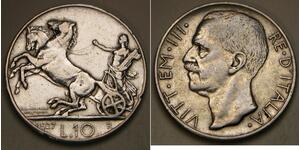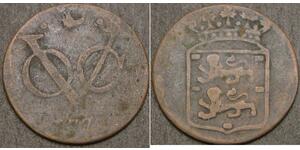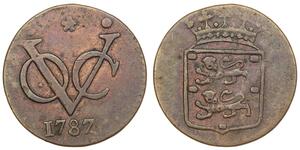(продана за $46.0)
1679, Saxe-New-Gotha, Frederick I. Silver 2/3 Thaler (Gulden) Coin. VF
Mint year: 1679
Denomination: 2/3 Thaler
Reference: Davenport 856, Steguweit 66, KM-87.
Condition: Areas of weakness of strike, improperly cleaned (scratches/heirlines), otherwise VF!
Weight: 14.83gm
Diameter: 38mm
Material: Silver
Obverse: Large crowned initial (F) within wreath. Four cruciform shields around, splitting motto.
Legend: PER ASPERA AD ASTRA ("Through hardships to the stars!")
Reverse: Crowned coa-of-arms, splitting date (16-79). Fractional thaler value (2/3) below.
Legend: FRIDERIC DUX (2/3) SAX . I . C . ET . M
Per aspera ad astra or Ad astra per aspera is a Latin phrase which means any of the following: "Through hardships to the stars", "A rough road leads to the stars" or "To the stars through difficulties". The phrase is one of many Latin sayings which use the expression Ad astra.
em>.
Frederick II, Duke of Saxe-Gotha-Altenburg (28 July 1676, in Gotha – 23 March 1732, in Altenburg), was a duke of Saxe-Gotha-Altenburg.
He was the fifth child and first son of Frederick I, Duke of Saxe-Gotha-Altenburg and Magdalene Sibylle of Saxe-Weissenfels.
After the death of his father, in 1691, Frederick II assumed the duchy of Saxe-Gotha-Altenburg.
Because he was still under age, a guardianship and co-regency was formed between his uncles, the dukes Bernhard I of Saxe-Meiningen and Heinrich of Saxe-Römhild. In 1693, after he returned from a journey to Holland and England, he wrote to the emperor for a license of adult age and took independent control of the government of his duchy. Frederick was a splendor-loving baroque ruler; his yard attitude and the standing army, whom he had taken over from his father and even expanded, devoured some of his income. As a solution, Frederick rented his soldiers to foreign princes, which brought him a great difficulty in 1702, when the King Louis XIV of France rented his troops and used them in his war against the Emperor.
Relating to domestic affairs, Frederick essentially continued the policy of his father. He created an orphanage in Altenburg (1715), a breed and a lunatic asylum in Kahla (1726), as well as the Magdalenenstift -in honor of his mother and wife (both with the same name)- (1705), a school for noble women. For 100,000 talents from his private property, he bought the famous numismatic collection of the Prince Anton Günther of Schwarzburg Arnstadt, which formed the current collection of coins (Münzkabinetts) in the Schloss Friedenstein.
By accumulation of parts of Saxe-Coburg (became extinct in 1699), Saxe-Eisenberg (became extinct in 1707) and Saxe-Römhild (became extinct in 1710), he succeeded to all, however only at long hereditary disputes under the other Ernestine Duchies, which went only to 1735 with an arbitral award of the Emperor finally to end reaching in each case area increases for his country.

|
Добавил:
anonymous 2016-11-24 |
10 Лира Kingdom of Italy (1861-1946) Серебро Виктор Эммануил ...
в группе 42 монет / 36 цен
⇑
1 Duit Нидерланды Медь
в группе 17 монет
⇑






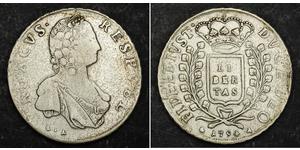

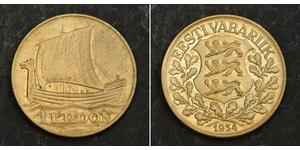
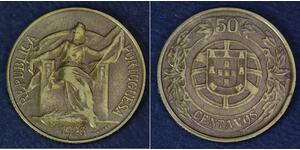





-300-150-arsKbzbi1bEAAAFLs81KKMQr.jpg)
